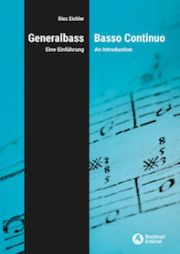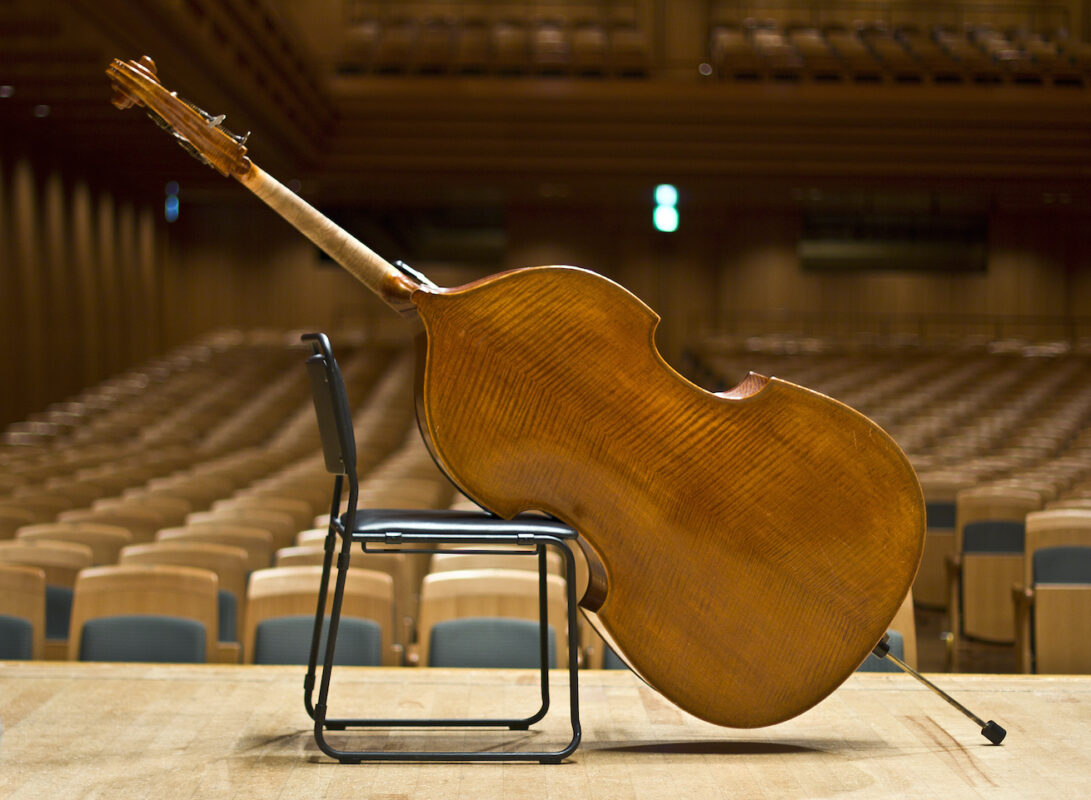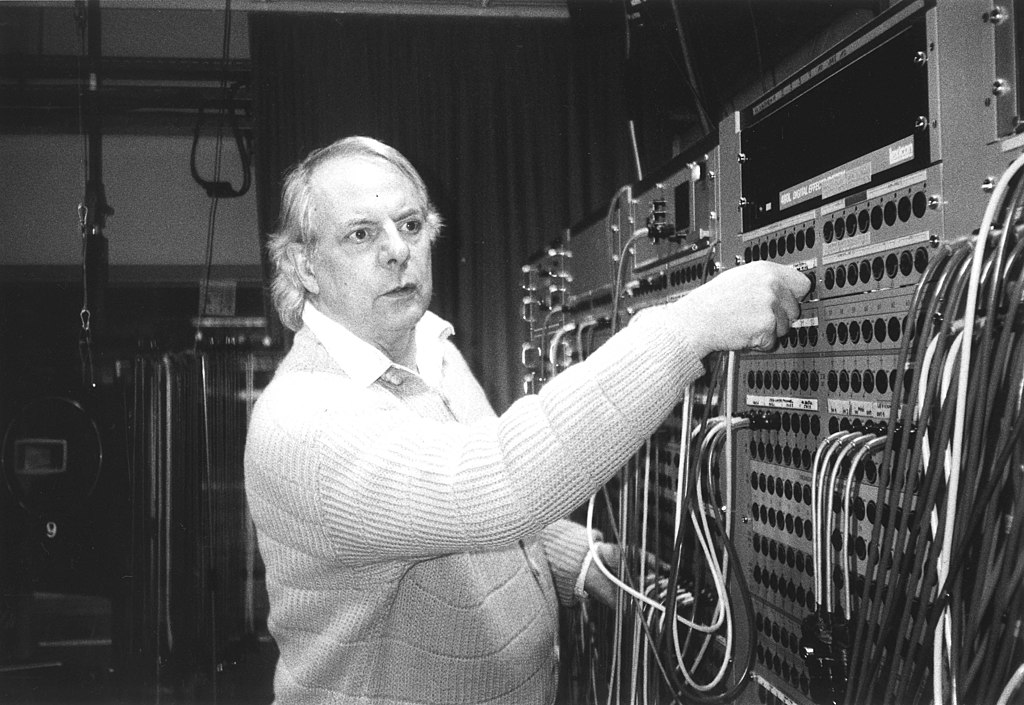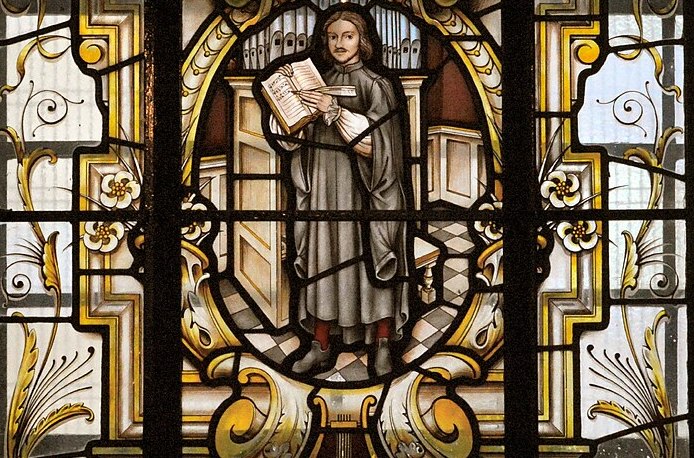Understanding basso continuo
The introduction to the basso continuo by Diez Eichler is clearly laid out and makes you want to put the examples into practice immediately.
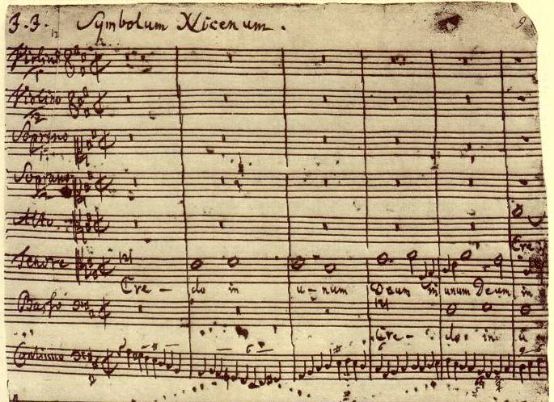
If you want to study the music of the 17th and 18th centuries, you have to master the basics of basso continuo playing - a thorny undertaking, because either it doesn't sound good or it contradicts the relevant sources, and in music theory basso continuo is sometimes treated quite differently. No problem for Diez Eichler: he explains it in simple terms and provides countless examples of music (in modern transcription) from the relevant German-language treatises of the early 18th century (Heinichen, Niedt, Mattheson).
In this way, he ensures that you sit down, read and immediately play yourself, i.e. "understand" in a double sense. In a logical sequence, he explains the figuring habits of the time - including that which was not specifically marked - and ensures that the basso continuo is immediately at hand. Eichler rightly restricts himself to the German basso continuo of the high baroque period, but repeatedly provides glimpses of French or Italian practice, even naming the differences to today's use of language in music theory - always without a source-obsessed admonishing finger, because the user wants to put everything into practice as competently and unencumbered as possible. The harpsichordist and basso continuo teacher Diez Eichler thus aims to be the precursor to Jesper Christensen's The basics of basso continuo playing (1992), and he has succeeded in doing so. He also includes an exercise book with unrealized basses, but dispenses with suggested solutions because these can all be easily found in the music examples from the original sources in the main book.
Diez Eichler: Basso continuo. An introduction. Based on historical sources, 82 p., € 19.90, Breitkopf & Härtel, Wiesbaden 2017, ISBN 978-3-7651-0453-4






